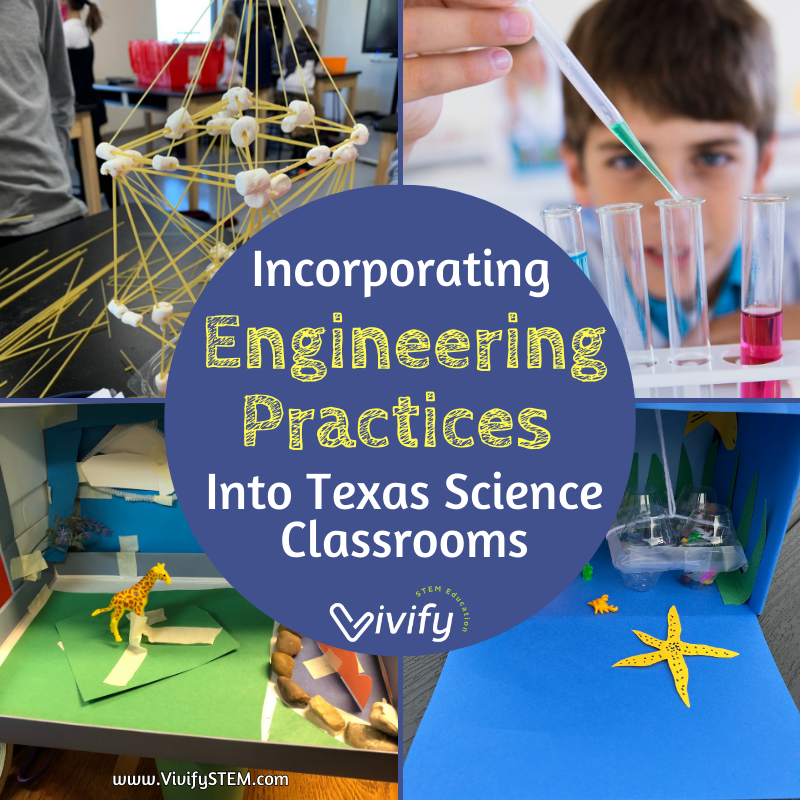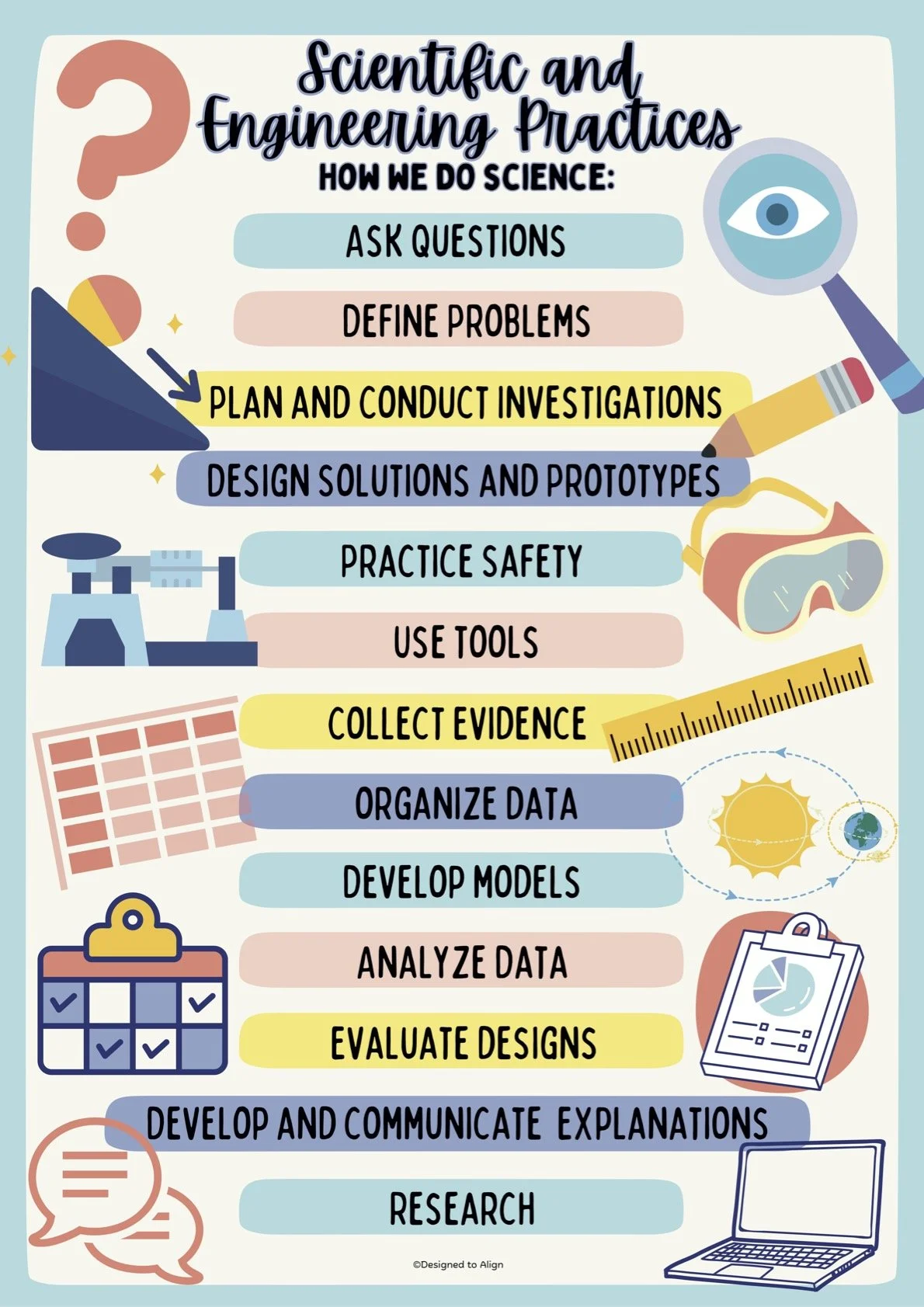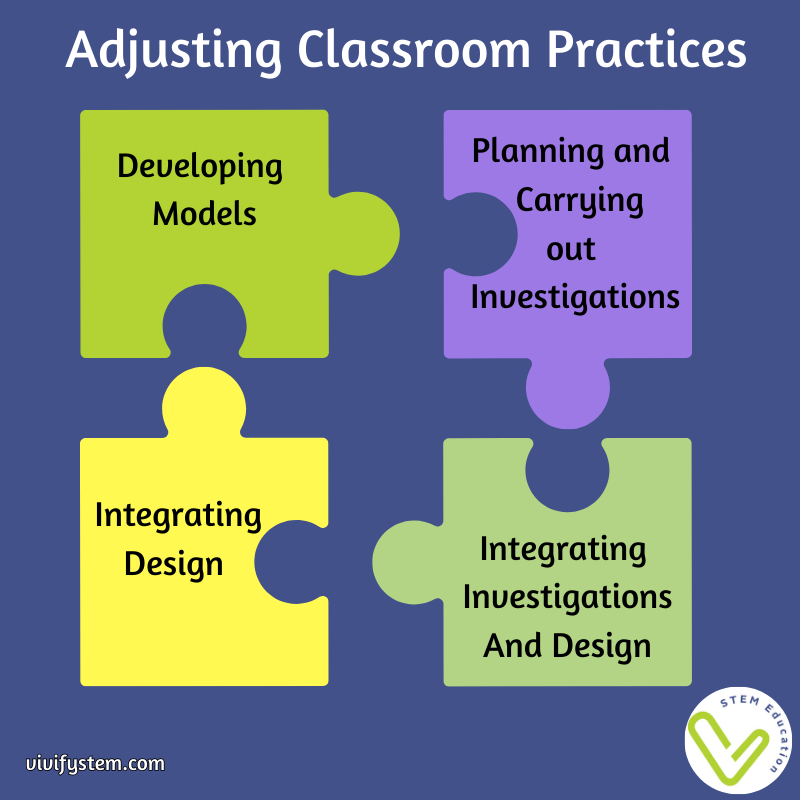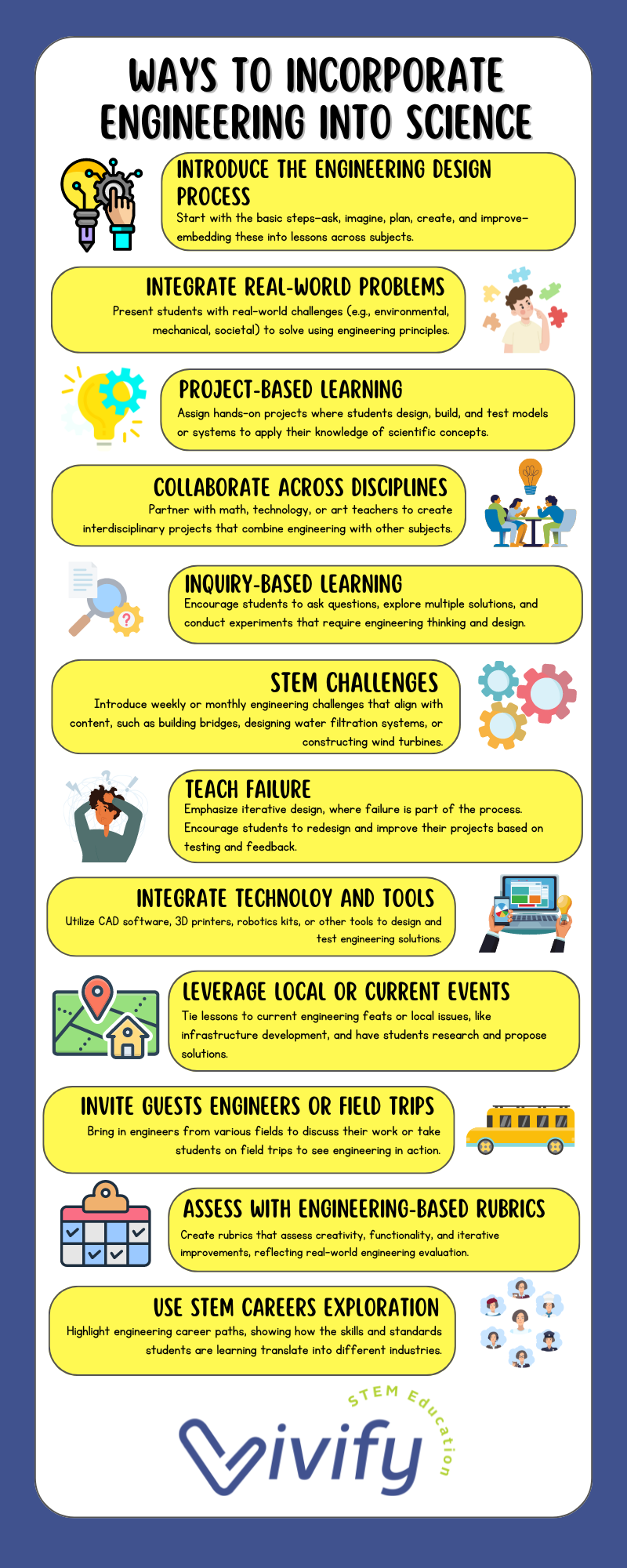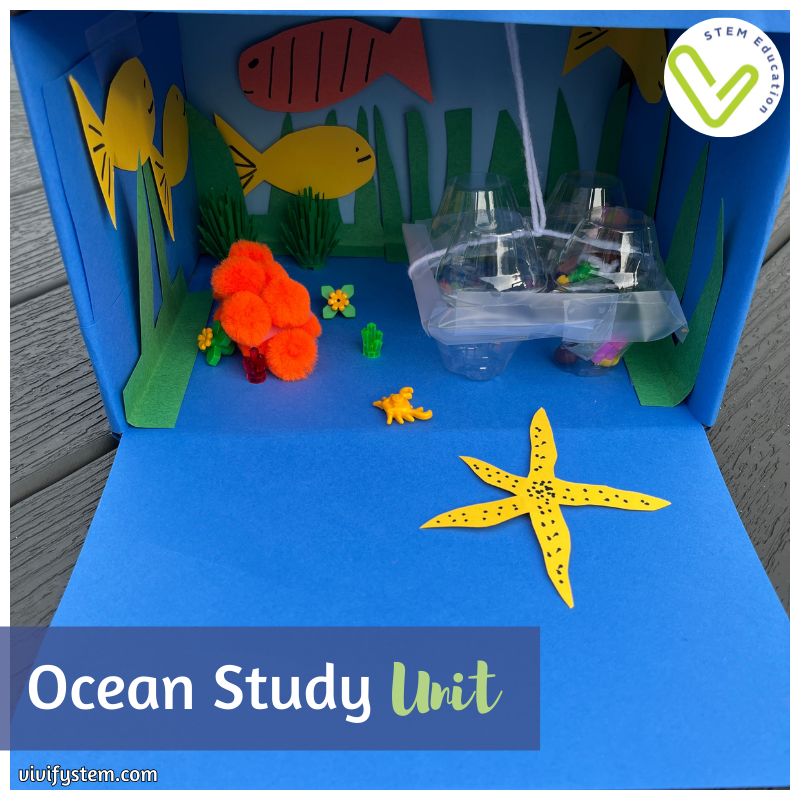Incorporating Engineering Practices into Texas Science Classrooms
Post by Lauren Kelly
November 2, 2024
If you're a Texas educator, you’ve likely heard about the new science standards that now include engineering practices. But you might be wondering: What exactly are they, and how can you integrate them into your teaching? In this post, we’ll explore what Scientific and Engineering Practices (SEPs) are, why they’ve been added, and how you can seamlessly incorporate them into your classroom.
What are the Scientific and Engineering Practices? (SEPs?)
The updated Texas State Science Standards emphasize hands-on, inquiry-based learning for K-12 students. These practices encourage active exploration, moving away from a rigid, step-by-step approach. Students will investigate and design solutions that connect scientific and engineering concepts, fostering critical thinking and problem-solving skills to tackle real-world challenges.
Image Credit: "Designed to Align"
Why the Shift in Standards?
The new standards focus on key domains such as designing investigations, evaluating data, and developing explanations and solutions. This mirrors how real scientists and engineers approach their work. Although many of these practices were already present in the current TEKS, the revisions clearly define each step, making them easier for teachers to implement.
Consistency Across Grade Levels:
The new standards are designed with intentional alignment across grades, using consistent terminology and skill progression. Each TEKS standard builds directly on the previous year’s objectives, so skills like observation, data collection, and analysis grow with each grade. This ensures that by using familiar language and structured progression, teachers can scaffold skills more effectively, and students reinforce and deepen their learning year after year. Importantly, in grades 6-12, 40% of instructional time must focus on hands-on investigations, which has a similar recommended emphasis in K-5, allowing students to apply these skills consistently across all grade levels.
Adjusting Classroom Practices
Develop Models:
Encourage students to develop models to better understand phenomena or test engineering designs. Ask questions like, "What does this model help us understand?" and "What are its limitations?" This prompts critical thinking as students evaluate their models as evidence.
Plan and Carry Out Investigations:
The revised TEKS expand on the importance of using investigations to design engineering solutions. While scientists conduct investigations to explain natural phenomena, engineers use them to test prototypes and solutions. Both fields require students to identify variables, measure results, and analyze data.
Integrate Investigations and Design:
Students will now blend scientific investigation with engineering design to solve problems. For example, they might investigate a phenomenon to understand a concept and then apply that understanding to design a solution. Alternatively, they could design a solution that leads to the discovery of a new phenomenon, prompting further scientific investigation.
How to Incorporate Engineering into Your Science Lessons
Introduce the Engineering Design Process:
Start with the basics—ask, imagine, plan, create, and improve—and embed these steps into lessons across various subjects.Solve Real-World Problems:
Present real-world challenges, such as environmental or mechanical issues, that students can solve using engineering principles.Engage with Project-Based Learning:
Assign hands-on projects where students design, build, and test models or systems to apply scientific concepts.Collaborate Across Disciplines:
Work with math, technology, or art teachers to create interdisciplinary projects that blend engineering with other subjects.Foster Inquiry-Based Learning:
Encourage students to ask questions, explore multiple solutions, and conduct experiments requiring engineering thinking and design.Incorporate STEM Challenges:
Use weekly or monthly challenges like building bridges, designing water filtration systems, or constructing wind turbines to align with your science content.Teach Failure as Part of the Process:
Emphasize that failure is a natural part of the engineering process. Encourage students to redesign and improve based on feedback and testing.Utilize Technology and Tools:
Incorporate CAD software, 3D printers, robotics kits, or other tools to help students design and test solutions.Tie Lessons to Current Events:
Relate lessons to current engineering projects or local issues, like infrastructure development, and have students research and propose solutions.Invite Guest Speakers or Take Field Trips:
Bring in local engineers to talk about their work or take students on field trips to see engineering in action.Assess with Engineering-Based Rubrics:
Use rubrics that evaluate creativity, functionality, and iterative improvements, similar to real-world engineering standards.Highlight STEM Career Paths:
Show students how the skills they’re learning translate into engineering careers in various industries.
Vivify STEM’s Science-Based Engineering Challenges
Vivify STEM is here to help you bring engineering into your science instruction. We’re excited to release new 5 STEM Challenges designed specifically to help teachers implement the revised TEKS. You can find all TEKS aligned STEM lessons here!
Force, Motion & Energy
Heat Shield: 6.8B, 7.8A-C
Matter & Energy:
Ocean Unit: 3.6A, 4.6A, 5.6A
Earth & Space:
Oil Spill Unit: 4.11A/B, 5.11, 6.11A/B, 7.11A/B
Ocean Unit: 1.11B, 2.11A/B, 3.11B/C, 6.9B, 7.11B
Organisms & Environments:
Design a Zoo: 2.12B, 3.13A, 5.12C, 5.13A, 6.12A, 8.12A
Intro to Genetics: 7.13D, 8.13B
Additional Resources
For more guidance on implementing the new Science TEKS, check out the Texas Education Agency's resources for the 2024–2025 school year, along with the following resources:
TEKS Side By Side Documents:
Professional Development:

